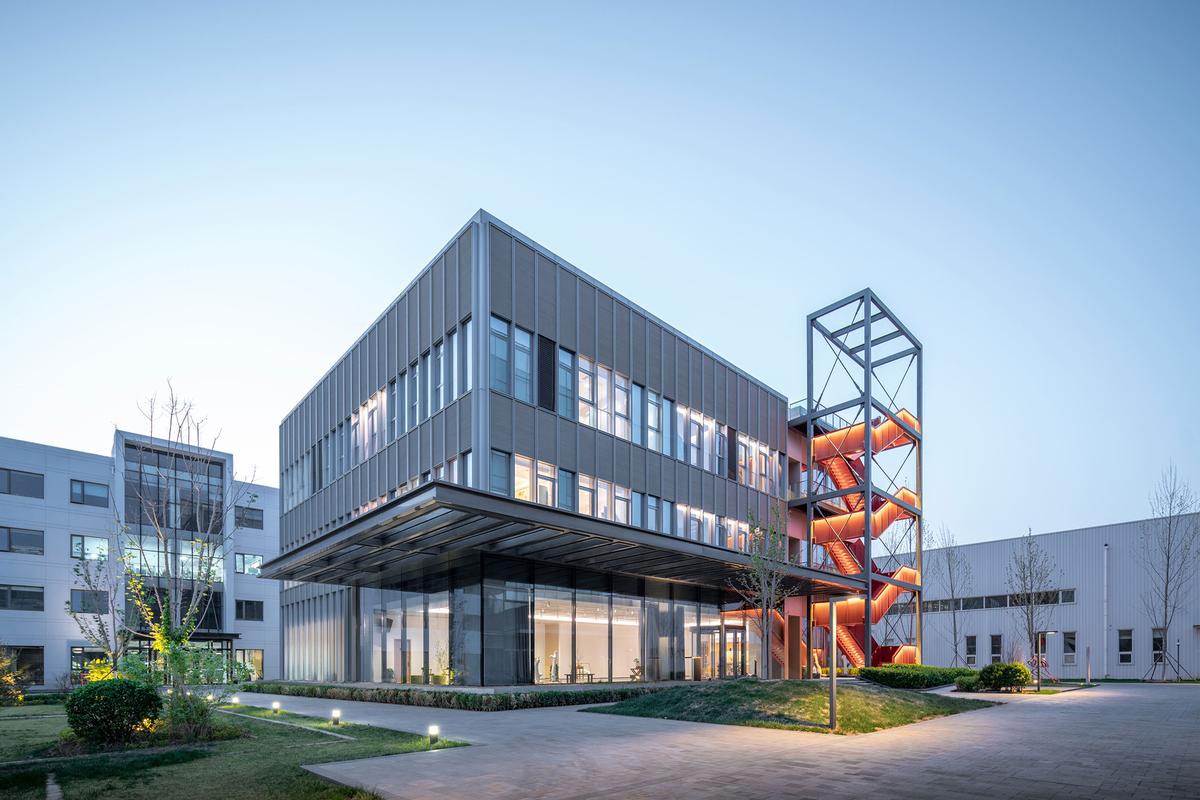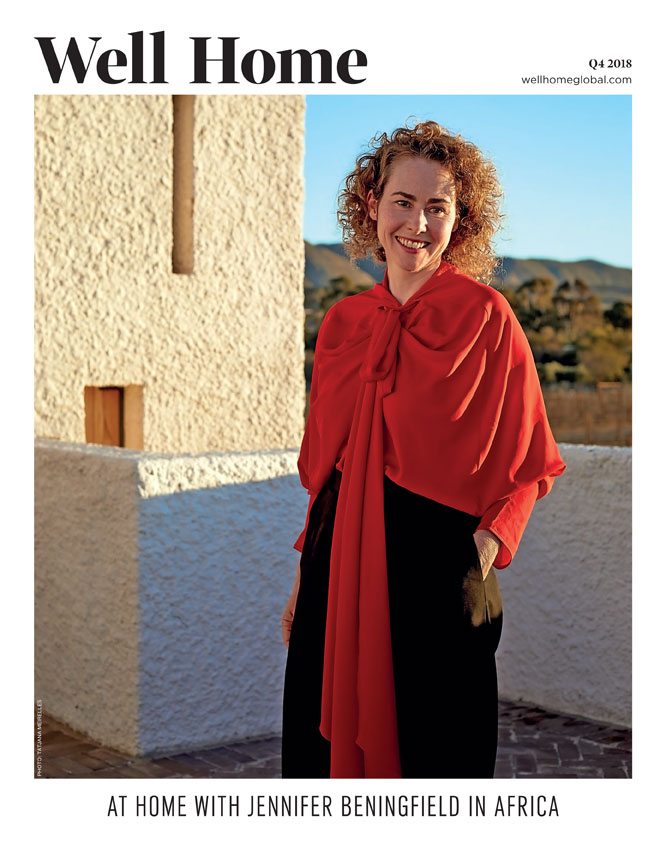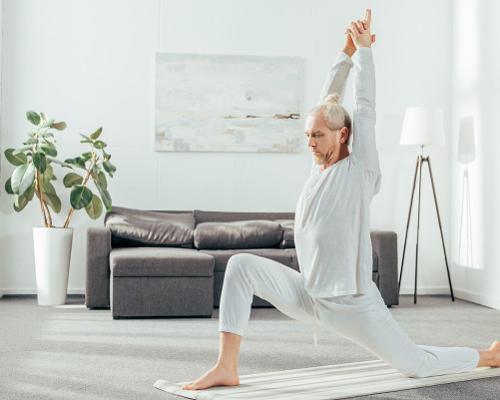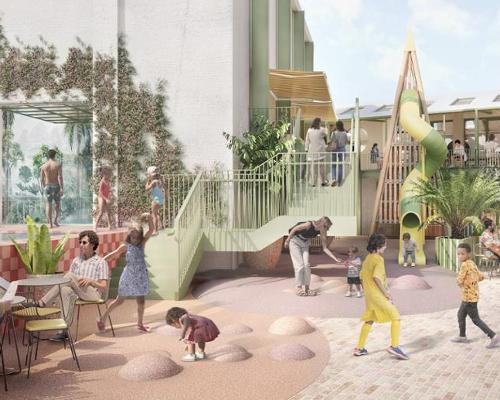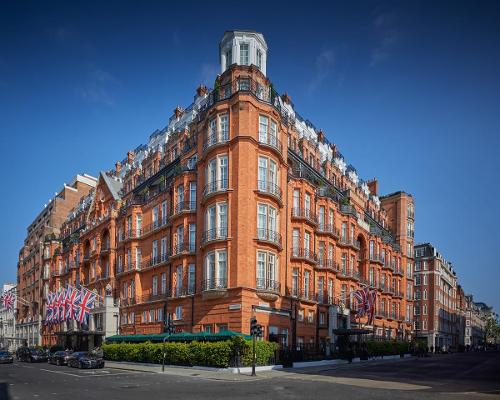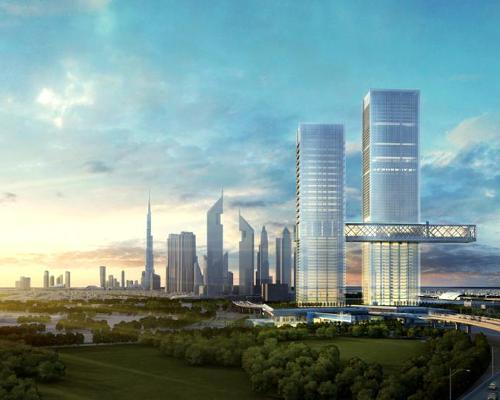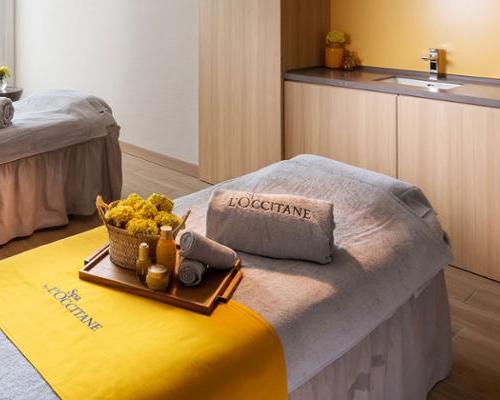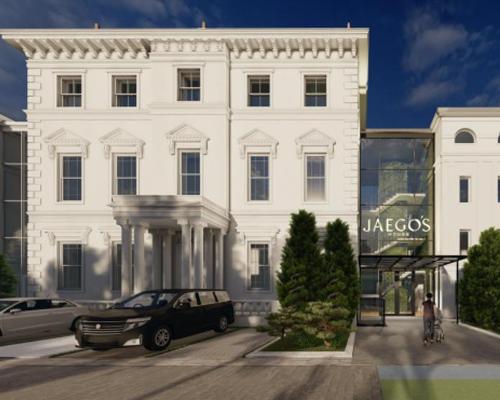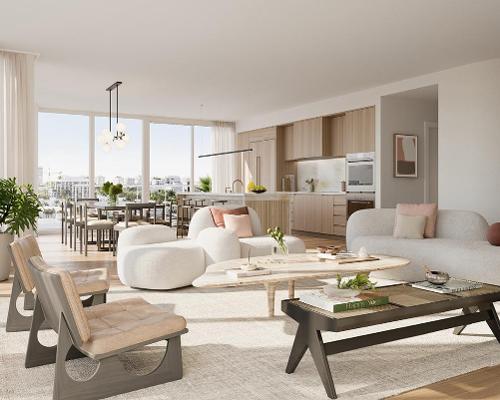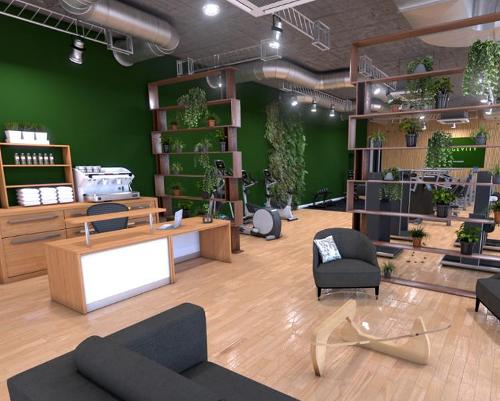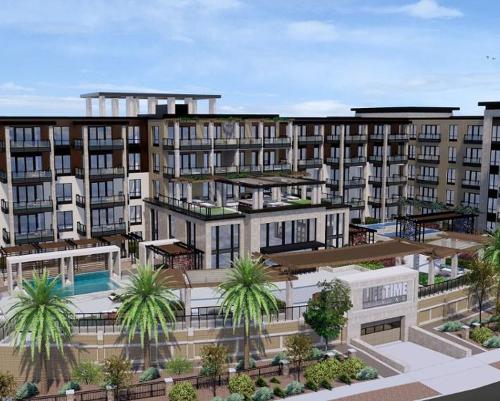Interest in how built environments can affect our health and wellbeing has become a major topic of discussion globally, especially as lockdown has seen people spending more time indoors.
As a result, wellness architecture has grown into a major trend in the spa industry.
To further this field’s progress, two leading wellness organisations recently kicked off separate initiatives to investigate how wellness design and architecture can improve human health, wellbeing and performance.
Thermal resort operator Therme Group and COGITO – the epistemology research centre at the University of Glasgow, UK – were the first to announce their Dimensions of Wellbeing project which will run over the next five years.
The organisations wish to develop a novel, multidimensional theory of wellbeing, grounded in both philosophical and psychological research.
Part of this will involve cutting-edge research into environmental psychology to investigate how wellbeing can be generated in the built environment through factors including room shapes, seating arrangements and light.
Therme will use the findings to enhance the customer experience at its facilities across the world.
Meanwhile, wellness real estate firm Delos, the company behind the Well Living Lab (WLL), has also expanded its reach in the field of wellness design by launching its first international outpost in Beijing.
The WLL is a controlled and simulated indoor environment that mimics office environments and residential living spaces with a view to researching how they impact our health.
The new site in Asia has been designed by Superimpose Architecture and its goal is to further the studies already conducted at the original WLL which Delos launched in collaboration with the Mayo Clinic in Minnesota, USA, in 2014.
The lab team researches, develops and tests both new and existing innovations designed to improve the health and wellbeing of individuals as they live and work within human-made structures.
Since its launch, the WLL has made the following discoveries:
• Access to daylight and views in an office improve cognitive performance and satisfaction. • Sound, light and temperature affect employees in an office environment.
• Office lighting impacts cognitive performance and sleep.
Future studies will explore how indoor air pollution affects the body and mind and whether relaxation spaces incorporating elements of nature can help reduce burnout in healthcare professionals.
Findings from both Therme and WLL’s initiatives have the potential to inform future spa design and operation as they uncover best practices behind creating environments built to enhance human health and wellbeing.
To check out the latest technology innovations being used to create healthy environments, head to the latest issue of latest issue of Spa Business to hear from Gloria Caulfield, executive director of Florida’s Lake Nona wellness community.




